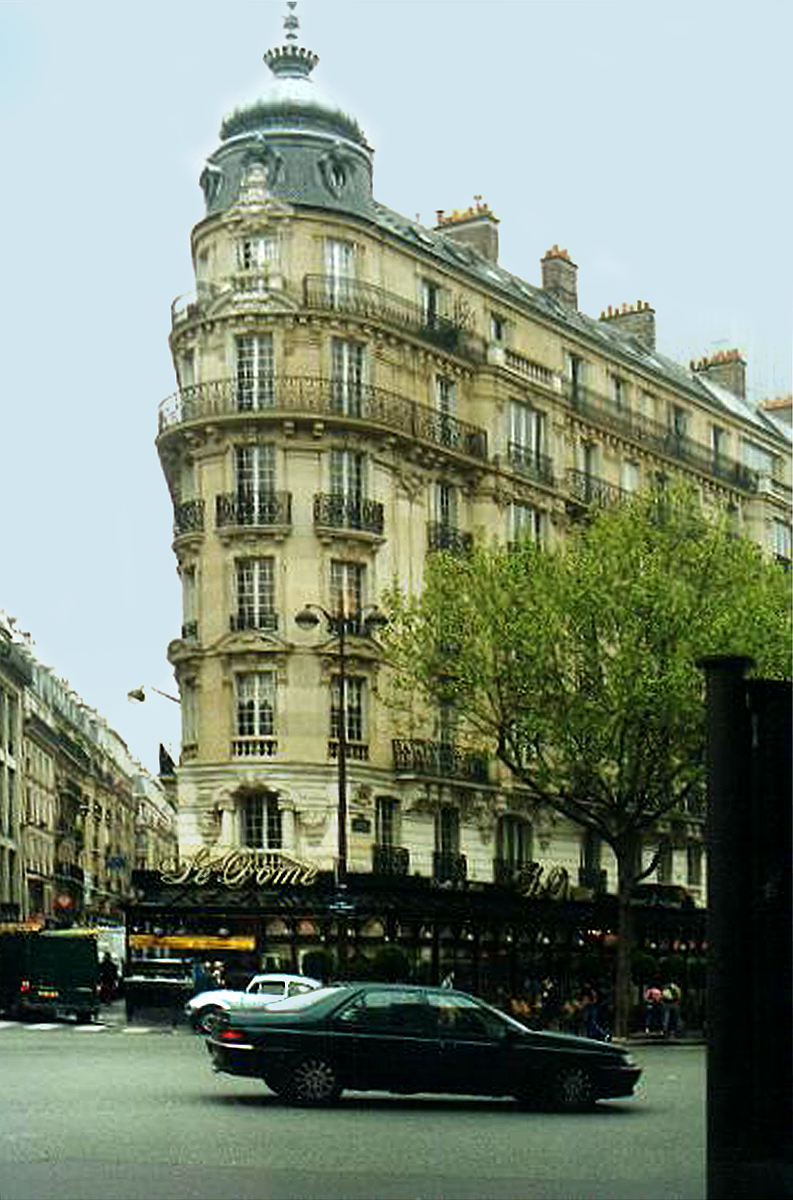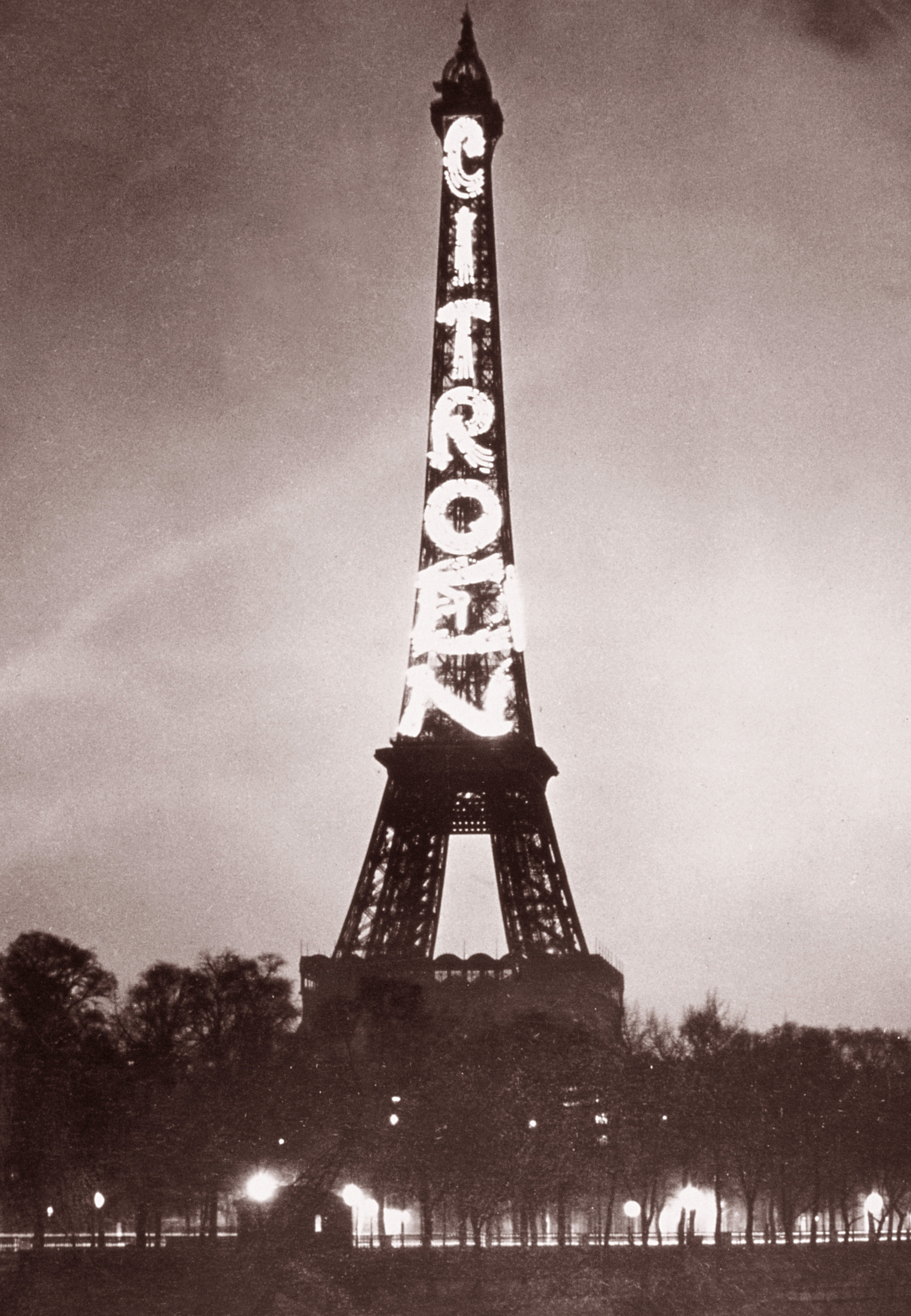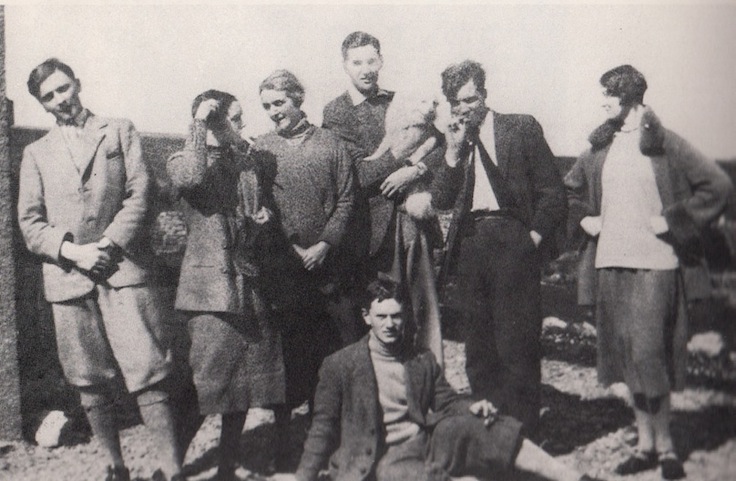|
Café Society
Café society was the description of the "Beautiful People" and " Bright Young Things" who gathered in fashionable cafés and restaurants in New York, Paris and London beginning in the late 19th century. Maury Henry Biddle Paul is credited with coining the phrase "café society" in 1915. Members attended each other's private dinners and balls, and took holidays in exotic locations or at elegant resorts. In the United States, café society came to the fore with the end of Prohibition in December 1933, and the rise of photojournalism to describe the set of people who tended to do their entertaining semi-publicly—in restaurants and nightclubs—and who would include among them movie stars and sports celebrities. Some of the American nightclubs and New York City restaurants frequented by the denizens of café society included the 21 Club, El Morocco, Restaurant Larue, and the Stork Club. See also * 1920s Berlin * Années folles * Golden Twenties * Jazz Age * Paris between ... [...More Info...] [...Related Items...] OR: [Wikipedia] [Google] [Baidu] |
Années Folles
The ''Années folles'' (, "crazy years" in French) was the decade of the 1920s in France. It was coined to describe the social, artistic, and cultural collaborations of the period. The same period is also referred to as the Roaring Twenties or the Jazz Age in the United States. In Germany, it is sometimes referred to as the Golden Twenties because of the economic boom that followed Hyperinflation in the Weimar Republic, the hyperinflation in 1923 until the Wall Street crash of 1929. Precursors The utopian positivism of the 19th century and its progressive creed led to unbridled individualism in France. Art Nouveau extravagance began to evolve into Art Deco geometry after World War I, the First World War. André Gide, who founded the ''Nouvelle Revue Française'' literary review in 1908, influenced Jean-Paul Sartre and Albert Camus. Tristan Tzara's 1918 Dada manifesto and the resulting Dada movement were very much a product of the Interwar period, interbellum: "Dadaists both ... [...More Info...] [...Related Items...] OR: [Wikipedia] [Google] [Baidu] |
Social Groups
In the social sciences, a social group is defined as two or more people who interact with one another, share similar characteristics, and collectively have a sense of unity. Regardless, social groups come in a myriad of sizes and varieties. For example, a society can be viewed as a large social group. The system of behaviors and psychological processes occurring within a social group or between social groups is known as group dynamics. Definition Social cohesion approach A social group exhibits some degree of social cohesion and is more than a simple collection or aggregate of individuals, such as people waiting at a bus stop, or people waiting in a line. Characteristics shared by members of a group may include interests, values, representations, ethnic or social background, and kinship ties. Kinship ties being a social bond based on common ancestry, marriage or adoption. In a similar vein, some researchers consider the defining characteristic of a group as social int ... [...More Info...] [...Related Items...] OR: [Wikipedia] [Google] [Baidu] |
Upper Class Culture
Upper may refer to: * Shoe upper or ''vamp'', the part of a shoe on the top of the foot * Stimulant, drugs which induce temporary improvements in either mental or physical function or both * ''Upper'', the original film title for the 2013 found footage film ''The Upper Footage'' * Dmitri Upper Dmitri Sergeyevich Upper (; born July 27, 1978) is a Kazakhstani former professional ice hockey center. He also holds Russian citizenship. Career Upper was selected by the New York Islanders in the 5th round (136th overall) of the 2000 NHL ... (born 1978), Kazakhstani ice hockey player See also * Uppers (video game), a video game by Marvelous {{Disambiguation ... [...More Info...] [...Related Items...] OR: [Wikipedia] [Google] [Baidu] |
Bronxville Record-Press
Bronxville is a village in Westchester County, New York, United States, located approximately north of Midtown Manhattan. It is part of the town of Eastchester. The village comprises one square mile (2.5 km2) of land in its entirety, approximately 20% of the town of Eastchester. As of the 2020 U.S. census, Bronxville had a population of 6,656. History The region that includes the contemporary village of Bronxville was deeded to British colonists in 1666, but first settled by Europeans in the early 18th century. The two founding inhabitants were the Underhill and Morgan families. The Underhills built a sawmill and a gristmill, which was the first factory in the area, on the Bronx River. After they built a wooden bridge, the area became known as Underhill's Crossing. Millionaire real-estate and pharmaceutical mogul William Van Duzer Lawrence sparked the development of Bronxville as an affluent suburb of New York City by building grand homes in a rustic setting. The ar ... [...More Info...] [...Related Items...] OR: [Wikipedia] [Google] [Baidu] |
Jet Set
The jet set is a social group of wealthy and fashionable people who travel the world to participate in social activities unavailable to ordinary people. The term was introduced in 1949 and replaced " café society"; it reflected a style of life involving travelling from one stylish or exotic place to another via jet plane. With the democratization of air travel it has been replaced at least in part by the term "''glitterati''", reflecting a greater emphasis upon celebrity, including "being seen" and stalked by ''paparazzi'', and less upon mode of travel. The term "jet set" is attributed to Igor Cassini, a reporter for the '' New York Journal-American'' who wrote a gossip column under the pen name " Cholly Knickerbocker". He was a younger brother of the fashion designer Oleg Cassini. Another term that developed during the era was ''Beautiful People'',''Vogue'' 15 February 1964:49 and '' The Ladies Home Journal'' September 1970:81, noteBarry Popik, "Beautiful people" a perio ... [...More Info...] [...Related Items...] OR: [Wikipedia] [Google] [Baidu] |
Roaring Twenties
The Roaring Twenties, sometimes stylized as Roaring '20s, refers to the 1920s decade in music and fashion, as it happened in Western world, Western society and Western culture. It was a period of economic prosperity with a distinctive cultural edge in the United States and Europe, particularly in major cities such as Berlin, Buenos Aires, Chicago, London, Los Angeles, Mexico City, New York City, Paris, and Sydney. In France, the decade was known as the (), emphasizing the era's social, artistic and cultural dynamism. Jazz blossomed, the flapper redefined the modern look for British and American women, and Art Deco peaked. The social and cultural features known as the Roaring Twenties began in leading metropolitan centers and spread widely in the aftermath of World War I. The spirit of the Roaring Twenties was marked by a general feeling of novelty associated with modernity and a break with tradition, through modern technology such as automobiles, Film, moving pictures, and ra ... [...More Info...] [...Related Items...] OR: [Wikipedia] [Google] [Baidu] |
Paris Between The Wars (1918–1939)
After the First World War ended in November 1918, there was jubilation and profound relief in Paris. However, unemployment surged, prices soared, and rationing continued. Parisian households were limited to 300 grams of bread per day, and meat four days a week. A general strike action, strike paralyzed the city in July 1919. The Thiers wall, 19th-century fortifications surrounding the city, were demolished in the 1920's and replaced by tens of thousands of low-cost, seven-story public housing units, filled by low-income, blue-collar workers. Paris struggled to regain its old prosperity and peace. The French economy boomed from 1921 until the Great Depression reached Paris in 1931. This period, called ''Les années folles'' or the "crazy years", saw Paris reestablished as a capital of art, music, literature and cinema. The group of immigrant artists were referred to as the School of Paris. The artistic ferment and low prices attracted writers and artists from around the world, incl ... [...More Info...] [...Related Items...] OR: [Wikipedia] [Google] [Baidu] |
Jazz Age
The Jazz Age was a period from 1920 to the early 1930s in which jazz music and dance styles gained worldwide popularity. The Jazz Age's cultural repercussions were primarily felt in the United States, the birthplace of jazz. Originating in New Orleans as mainly sourced from the culture of African Americans, jazz played a significant part in wider cultural changes in this period, and its influence on popular culture continued long afterwards. The Jazz Age is often referred to in conjunction with the Roaring Twenties, and overlapped in significant cross-cultural ways with the Prohibition Era. The movement was largely affected by the introduction of radios nationwide. During this time, the Jazz Age was intertwined with the developing youth culture. The movement would also help in introducing jazz culture to Europe. The Jazz Age ends before the Swing Era. Background The term ''jazz age'' was in popular usage prior to 1920. In 1922, American writer F. Scott Fitzgerald further pop ... [...More Info...] [...Related Items...] OR: [Wikipedia] [Google] [Baidu] |
Golden Twenties
The Golden Twenties (), also known as the Happy Twenties (), was a five-year time period within the decade of the 1920s in Germany. The era began in 1924, after the end of the hyperinflation following World War I, and ended with the Wall Street crash of 1929. The German term is often applied to the country's experience of healthy economic growth and spurt in experimental and creative efforts in the field of art. Before this period, the Weimar Republic had experienced record-breaking levels of inflation of one trillion percent between January 1919 and November 1923. The inflation was so severe that printed currency was often used as domestic fuel, and everyday requirements such as food, soap and electricity cost a wheelbarrow full of banknotes. It was only after radical economic reform measures initiated by the Weimar Republic, such as introduction of a new currency, the ''Rentenmark'', tighter fiscal control and a reduction in bureaucratic hurdles led to an environment of econo ... [...More Info...] [...Related Items...] OR: [Wikipedia] [Google] [Baidu] |
1920s Berlin
The Golden Twenties was a particular vibrant period in the history of Berlin. After the Greater Berlin Act, the city became the third largest municipality in the world and experienced its heyday as a major world city. It was known for its leadership roles in science, the humanities, art, music, film, architecture, higher education, government, diplomacy and industries. Culture The Weimar Republic era began in the midst of several major movements in the fine arts. German Expressionism had begun before World War I and continued to have a strong influence throughout the 1920s, although artists were increasingly likely to position themselves in opposition to expressionist tendencies as the decade went on. A sophisticated, innovative culture developed in and around Berlin, including highly developed architecture and design (Bauhaus, 1919–33); a variety of literature ( Döblin, '' Berlin Alexanderplatz'', 1929), film (Lang, ''Metropolis'', 1927, Dietrich, '' Der blaue Engel'', 19 ... [...More Info...] [...Related Items...] OR: [Wikipedia] [Google] [Baidu] |
Bright Young Things
__NOTOC__ The Bright Young Things, or Bright Young People, was a group of Bohemian young aristocrats and socialites in London during the Roaring Twenties. The name was given to them by the tabloid press. They threw flamboyant fancy dress parties, went on elaborate treasure hunts through nighttime London, and some drank heavily or used illicit drugs — all of which was enthusiastically covered by journalists such as Charles Graves and Tom Driberg. They inspired a number of writers, including Nancy Mitford (''Highland Fling''), Anthony Powell (''A Dance to the Music of Time''), Henry Green ('' Party Going''), Dorothy Sayers ('' Murder Must Advertise''), and the poet John Betjeman. Evelyn Waugh's 1930 novel '' Vile Bodies'', adapted as the 2003 film '' Bright Young Things'', is a satirical look at this scene. Cecil Beaton began his career in photography by documenting this set, of which he was a member. Prominent members of the group included: * Harold Acton * Patrick ... [...More Info...] [...Related Items...] OR: [Wikipedia] [Google] [Baidu] |






